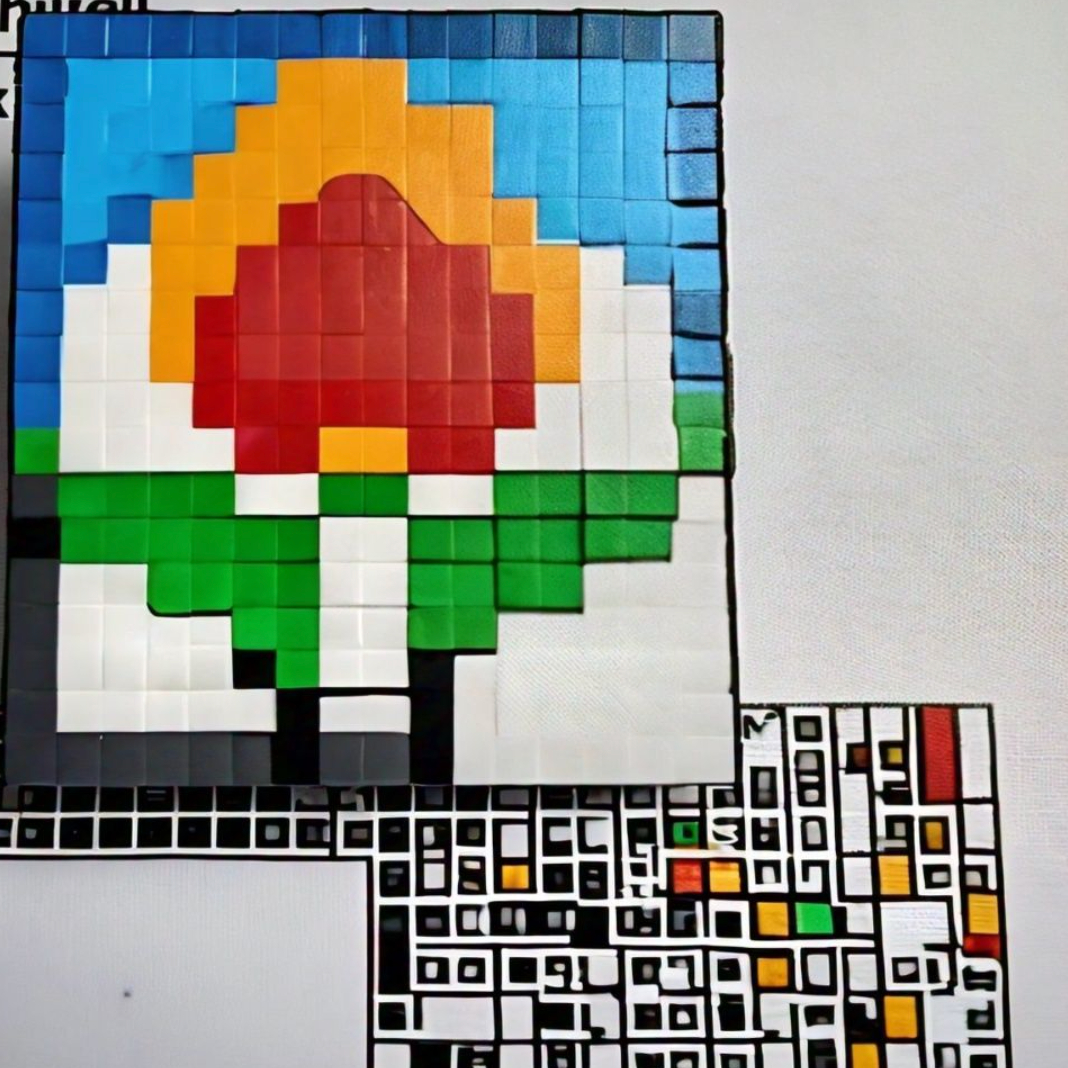106 reads
Cut 90% of Fine-Tuning Cost—Still Beat Baselines on Text and Vision Benchmarks
by
September 9th, 2025
Audio Presented by

Transferring the essence of optimal performance, and saving the model from the abyss of underfitting.
Story's Credibility

About Author
Transferring the essence of optimal performance, and saving the model from the abyss of underfitting.